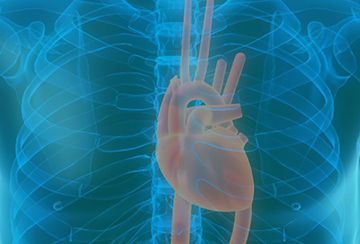A variety of clinical presentations including dyspnoea, chest pain, syncope and palpitations may arouse suspicion of cardiovascular disease. Following a clinical history and examination, imaging of the heart may be required. Cardiac imaging is also used to monitor patients with
known pathology in many cardiovascular diseases such as interval monitoring of aortic stenosis.
The choice of cardiac imaging modality depends on the disease being investigated, individual patient characteristics and the accessibility of tests. Assessment of dyspnoea and investigation for coronary artery disease are two of the most common clinical scenarios that may require cardiac imaging. Imaging is also indicated in the diagnosis of cardiomyopathy, and structural or congenital heart disease.
Thorough clinical assessment before requesting cardiac imaging is crucial in formulating a differential diagnosis so that the appropriate test is requested and the imaging study can be targeted effectively.
Cardiac imaging is an integral aspect in the diagnosis and monitoring of cardiovascular disease. CT coronary angiography and cardiac MRI are both relatively recent in their clinical use compared to echocardiography and nuclear cardiac studies, but both provide extremely valuable and additive information to other modalities when used appropriately.



